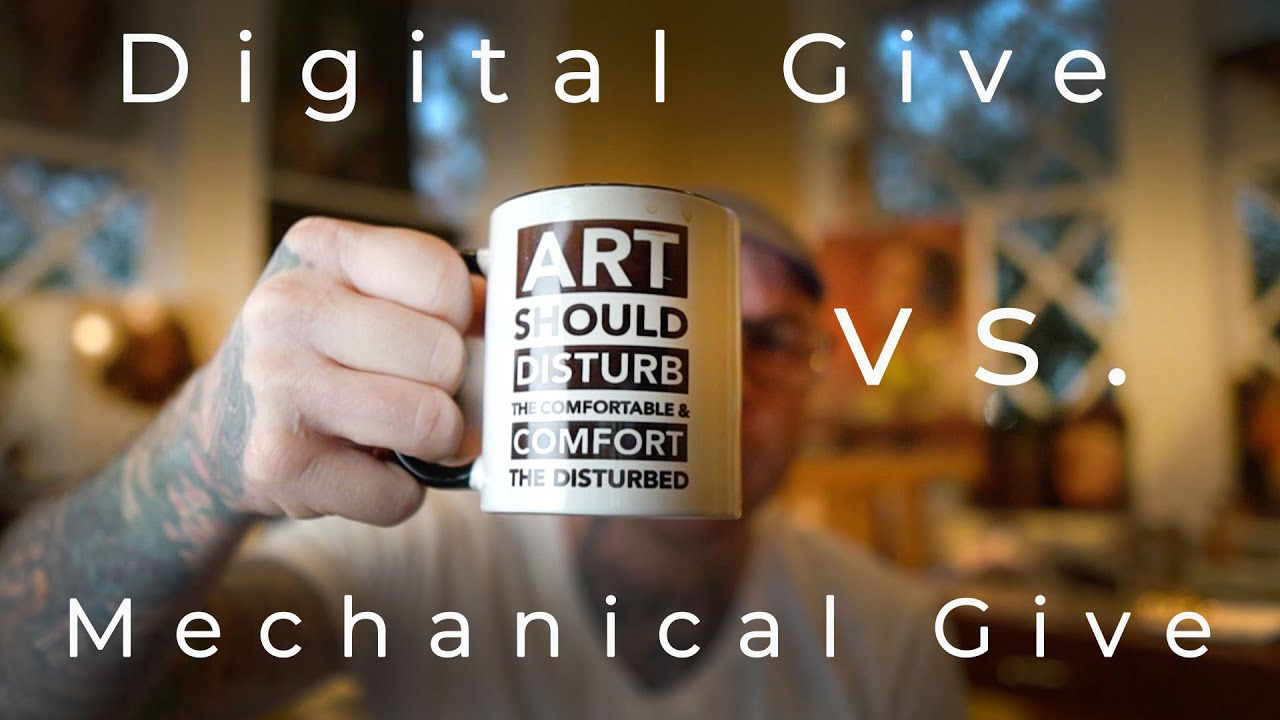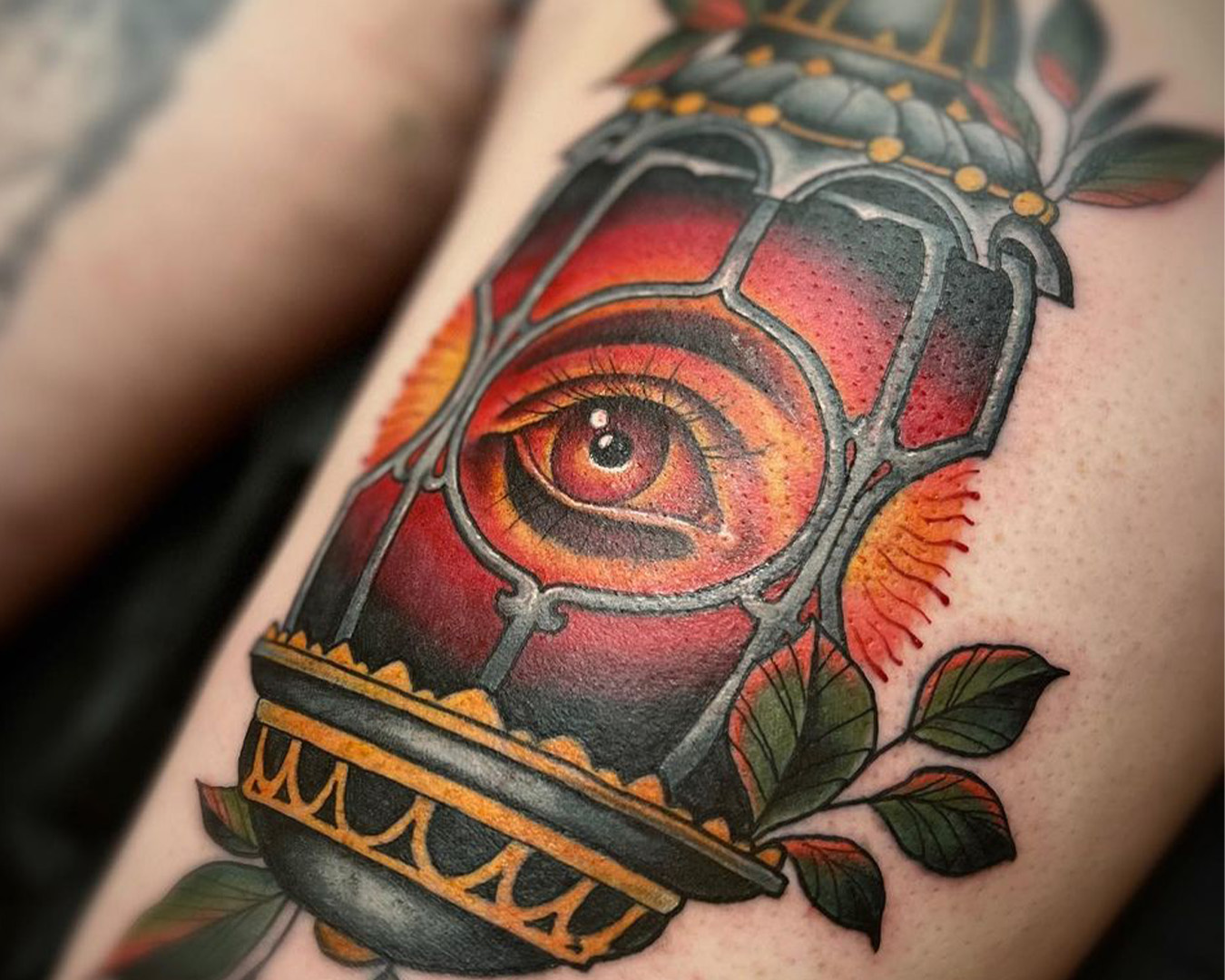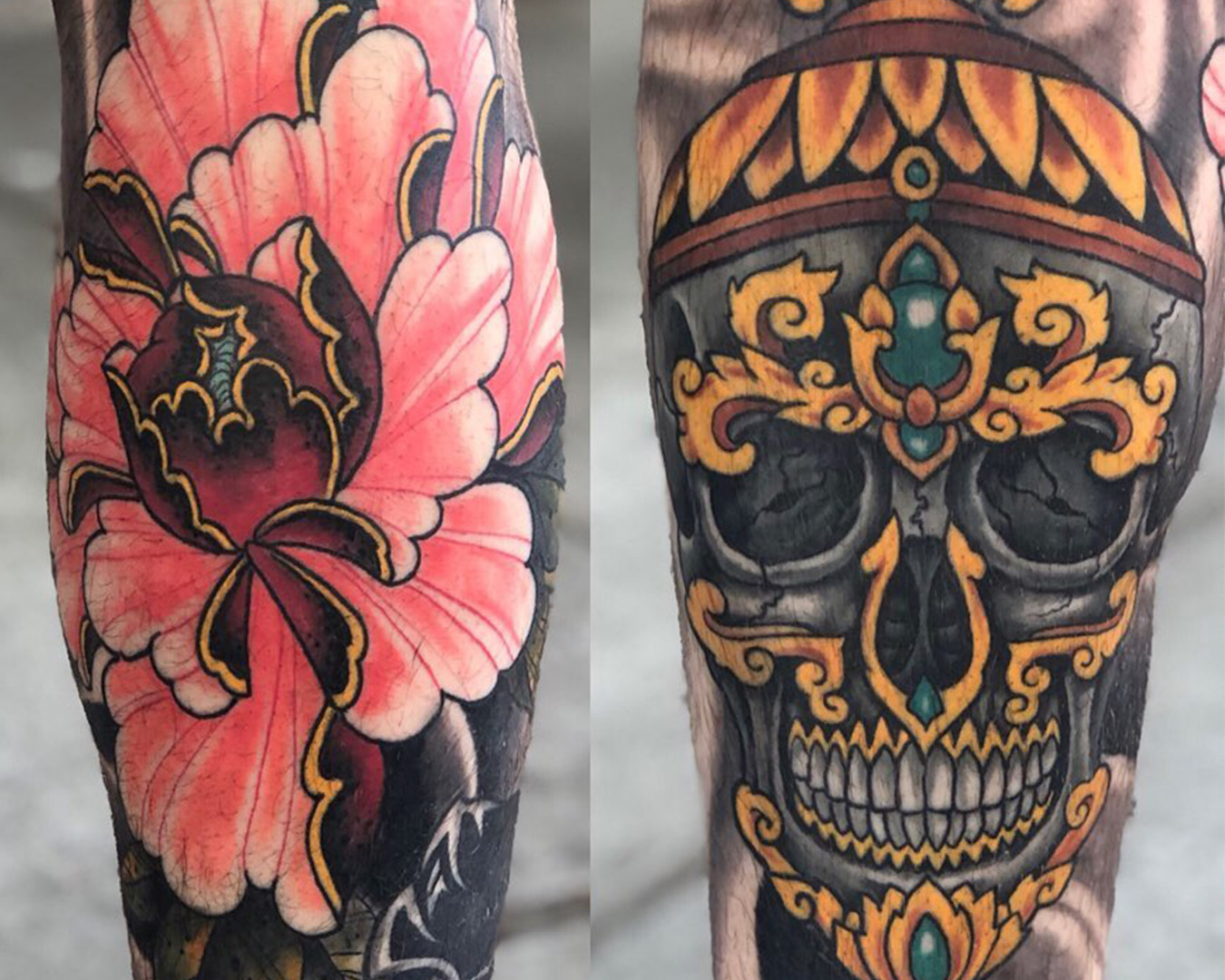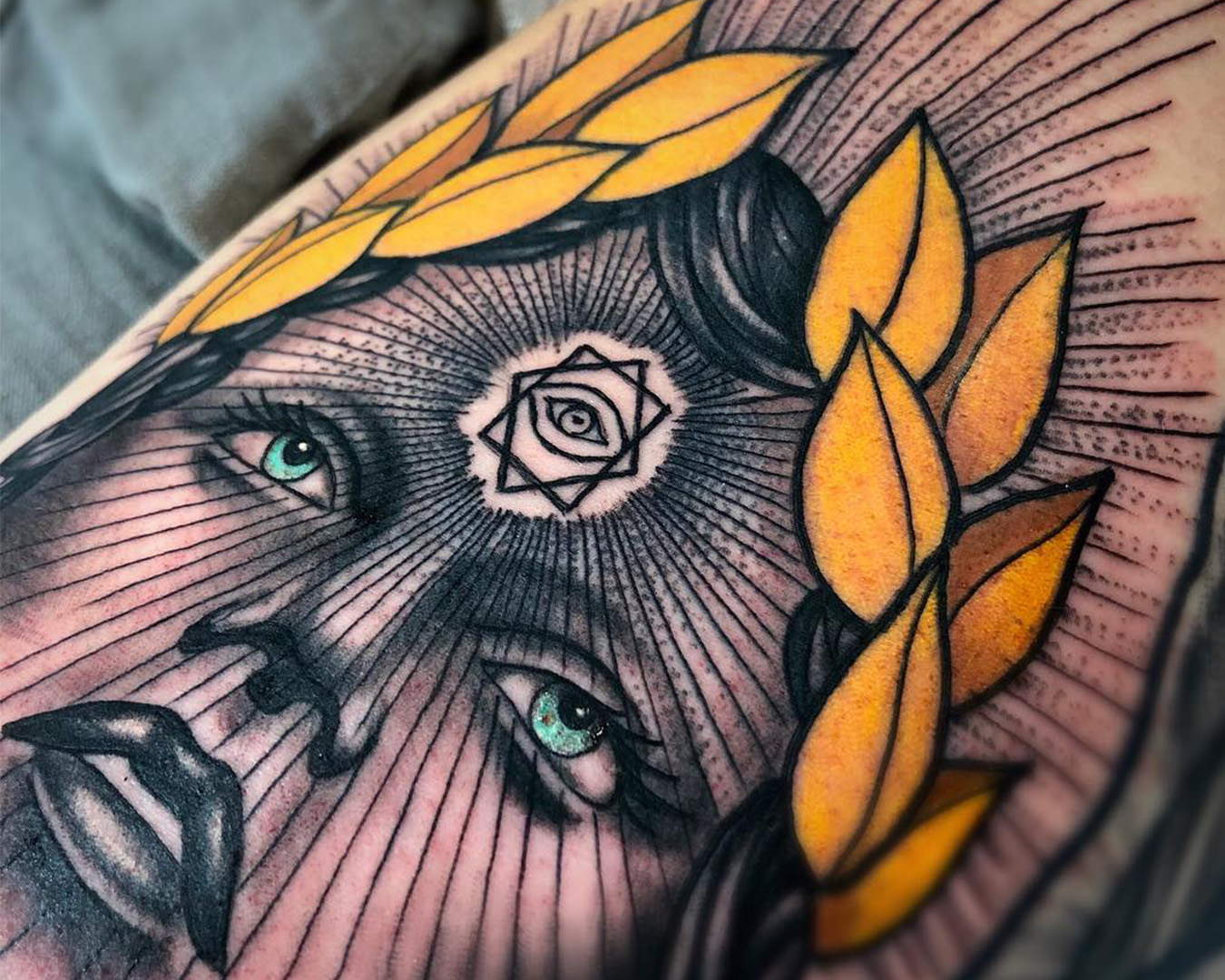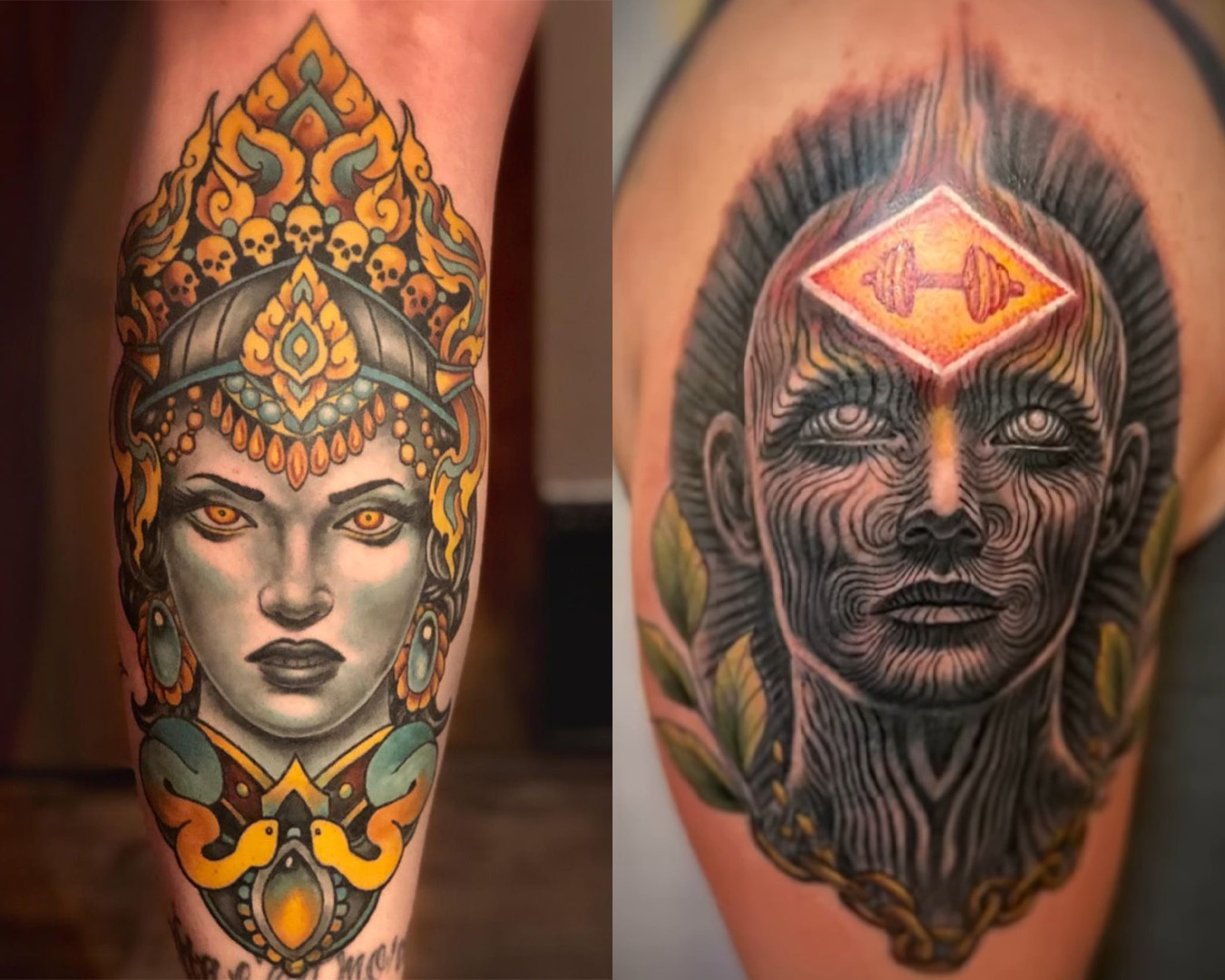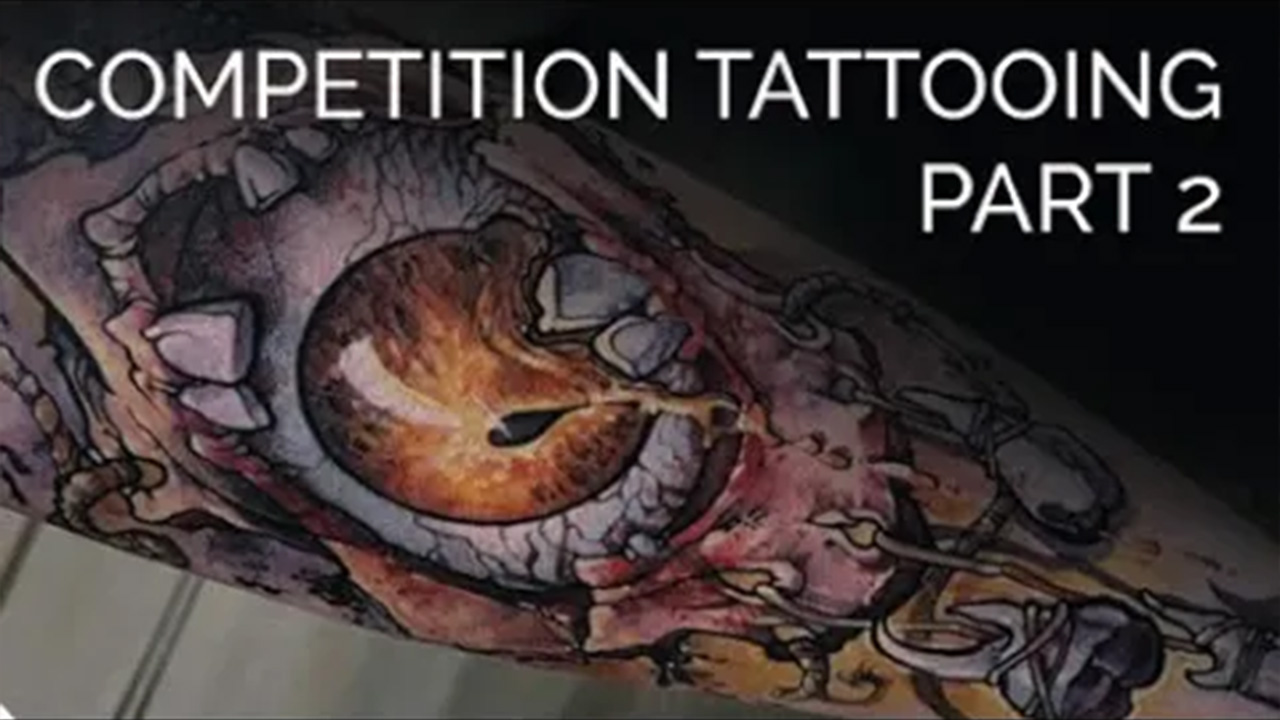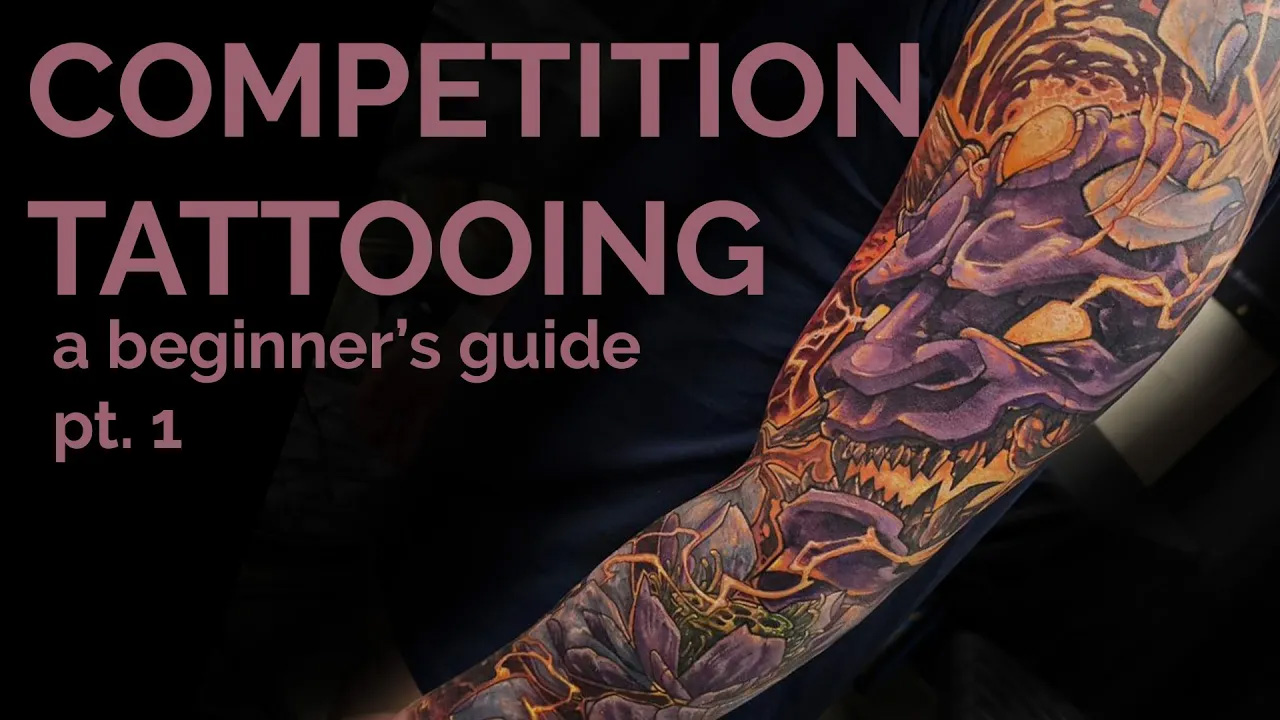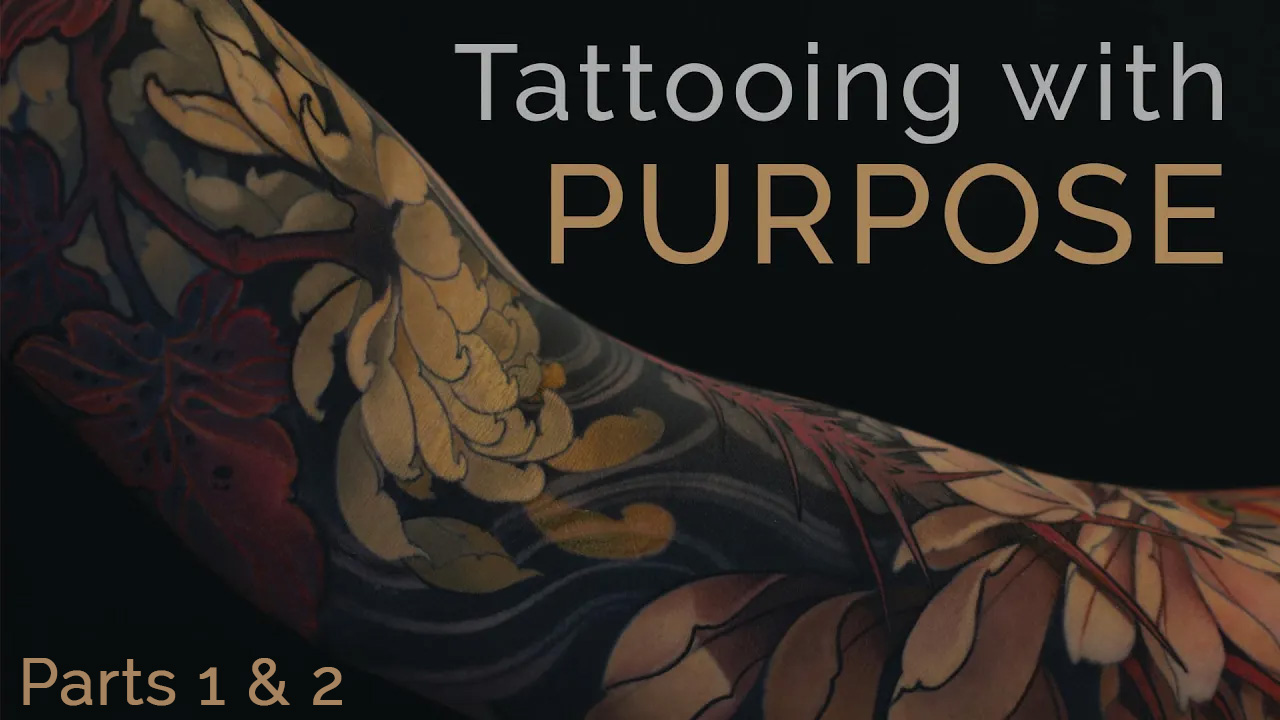Business and Mindset: What Makes a Great Tattoo Aprenticeship Tim OConnor EP 275
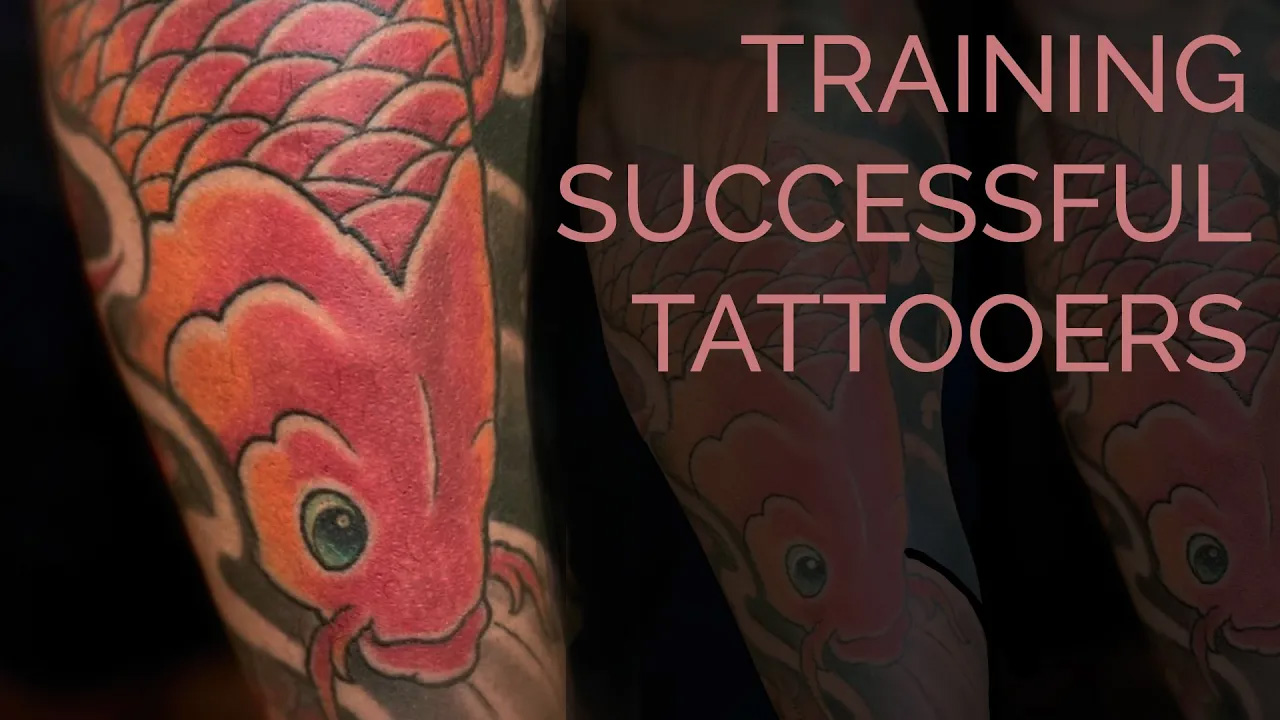
What Makes a Great Tattoo Aprenticeship? | Tim O'Connor | EP 275
Apprenticeships are a hot topic in the tattoo industry, often emphasized for aspiring artists. While many have valuable insights into this process, there's a facet that tends to fly under the radar but holds significant weight – mentorship. Strangely, it's one of the least discussed subjects in the tattoo world, likely because it demands substantial time, effort, and comes with a hefty dose of responsibility. Consequently, many seasoned tattooers are hesitant to take on this vital role.
In our discussions at Fireside, we predominantly engage with emerging tattooers and apprentices finding their footing. However, today, we're shifting the focus to a crucial but overlooked subject by delving into conversations with veteran tattooers – Mentorship.
This episode was made possible thanks to:
Interview By By Jake Meeks —
Writing By Daniel Pushcarich —
Topics: Mentors, mentorship, tattoo apprentice, Coil Machines, Rotary Tattoo Machines, Process, Patience and Learning, Constructive Criticism, creative environment
“Acceptance and openness is a great thing because it allows all of us [to learn and grow together], no matter where you’re at in your career, and it doesn’t matter that I’m the owner or anything like that. And not having had that earlier in my career I really cherish it.”
— Tim O’Connor
Tim O’Connor (@toc_tattoo) Born and raised in New York, Tim started tattooing while attending the School of Visual Arts in NYC. Still based in New York City, you can catch Tim doing conventions and guest spots all over the world, regularly making trips to Europe, Thailand, Hong Kong, New Zealand, Australia and everywhere in between.
Tim is based in Queens, New York and owns 10 Thousand Foxes Tattoo.
Please enjoy!
INTERVIEW LINKS, MENTIONS, AND SHOW NOTES BELOW…
SELECTED LINKS FROM THE EPISODE
- Connect with Tom O’Connor:
10 Thousand Foxes Tattoo | IG | Shop IG
- School of Visual Arts New York
- Unimax
- Paradise Tattoo Gathering
- Dan Kubin
- Cheyenne Hawk
- Adam Ciferri Ghost Dog
SHOW NOTES
- [00:00] Intro
- [02:14] New York’s Mid 90’s Tattoo Boom
- [10:00] Not all Apprenticeships are Created Equal
- [12:31] An Open Door Mentality To Building Relationships
- [17:32] Making an Offering to New Tattooers
- [19:52] Have the Apprentice Do the Walk-Ins
- [21:00] Key Points Of A Potential Apprentice
- [25:23] Constructive Criticism, Learn To Take It On The Chin
- [29:48] Being Present As A Mentor
- [30:54] Learning To Use All The Tools at Your Disposal
- [35:49] Coils AND Rotaries; One Hand Shakes The Other
- [38:46] Appreciating the Craft of Machine Building
- [44:00] Have A Willingness to Experiment
- [49:18] On Learning Skills Before The Machine
- [54:19] Teaching, Testing, & Technical Tattoo Talks with Students
- [57:10] On The Importance of Good Consulting Skills
- [1:04:18] On Approaches To Critiquing
- [1:08:59] Where To Find Tim!
- [1:11:38] Outro
MORE Tim QUOTES FROM THIS INTERVIEW
Not All Tattoo Apprenticeships Are Created Equal
[10:00] “If the traditional apprenticeship is the only correct route that assumes that all apprenticeships are created equally, right? Even if there are some shortcomings to a tattoo school, at least there’s some type of curriculum there.”
— Jake Meeks
Many tattoo artists advocate for the traditional apprenticeship, emphasizing its undeniable merits such as personalized attention and guidance based on years of industry experience. However, teaching is a skill not inherent in every seasoned tattoo artist. Mentors, lacking a teaching background, often find it challenging to effectively guide emerging tattooers. And oftentimes, their own apprenticeship was filled with poor leadership and questions unanswered.
There exists a prevailing view among artists that tattoo schools may be detrimental to the tattooing craft. Criticism stems from concerns about these schools mass-producing apprentices, saturating the market with new tattooers who aren’t equipped with adequate skills, leading to skepticism about their overall effectiveness. While current tattoo schools may have their shortcomings, the concept itself draws inspiration from more traditional apprenticeship programs like those found in union training centers. For instance, apprentice carpenters typically undergo a 2-4 year program involving both classroom instruction and field training before earning the title of journeyman, allowing them to work independently. Perhaps a reevaluation and revamp of tattoo schools are needed.
So what should the tattoo community do? If potential mentors aren’t provided with the correct tools and teaching skills and tattoo schools aren’t equipping apprentices with enough experience we need to find some way to properly educate artists to enter the tattoo industry. As the desire among artists to become tattooers continues to grow, there's a corresponding demand for more mentors and improved tools to aid these aspiring tattooers. The industry may benefit from establishing a curriculum or standardized teaching framework, providing the necessary structure for tattooing to evolve and thrive.
Being Present As A Mentor
[29:48] “I believe my duty as a mentor is not just to teach the technical aspects of tattooing, but how I can teach you to have a career. I really try to create an environment of growth and openness, and foster that and give that to other [artists].”
— Tim O’Connor
A mentor's role extends beyond teaching the technical aspects of tattooing; it encompasses instilling the frameworks for crafting a successful career. The emphasis a mentor should focus on when developing an apprenticeship is on a holistic approach or complete systems, ensuring apprentices grasp the entirety of the profession. Early in a tattoo artist's career essential qualities might include the ability to absorb constructive criticism without ego interference, fostering an environment where mentor and apprentice share knowledge, and building a positive shop culture that values collaboration and feedback.
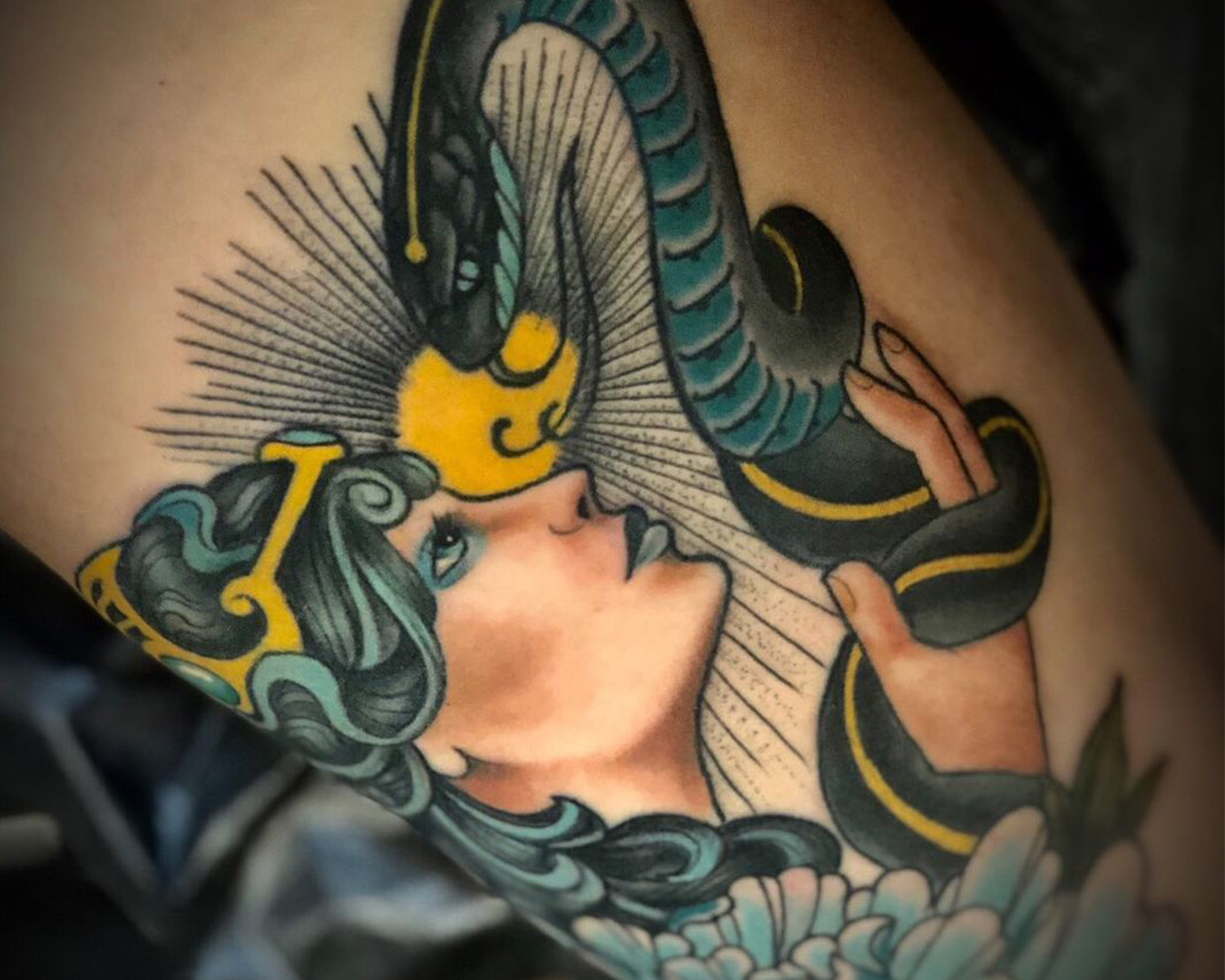
As a mentor, creating an environment of mutual learning is crucial. The mentor strives to break down hierarchical barriers, encouraging a culture where everyone, regardless of their position, can learn from one another. The shop thrives on open communication, artists regularly seek feedback from each other, and the mentor cherishes the opportunity to foster collaboration and provide a supportive space for artistic growth.
On Learning Skills Before The Tattoo Machine
[49:18] “The first six months is customer service, scheduling, station set up and break down, those kinds of things. It’s a big part of learning your own day to day, and that time is crucial. But, during all that I’m also giving homework and drawing assignments.”
— Tim O’Connor
One of the mentor's primary considerations is guiding an apprentice in navigating the tattooing environment. The initial six months of apprenticeship deliberately shift the focus away from technical aspects, placing emphasis on mastering customer service skills. This phase prioritizes learning customer interaction, understanding shop responsibilities, and developing effective time management. In addition, apprentices delve into the intricacies of workplace communication among tattooers, recognizing how preferences can significantly differ among crew members.
Drawing assignments become pivotal during this period, exposing apprentices to diverse tattoo art styles, ranging from traditional and Japanese to neo-traditional. The objective extends beyond replication, encouraging a profound comprehension of core design elements. Apprentices are prompted to deconstruct and reinterpret designs with their unique flair. The mentor stresses the importance of simplifying tattoo concepts, breaking them down into basic shapes, values, and elements. Whether crafting flash or custom designs, apprentices are urged to consider optimal body placement, instilling a mindset that contemplates the nuances of different body parts—like forearms and calves—enhancing the adaptability and artistry of their work.
The mentor assumes the responsibility of ensuring apprentices gain confidence maneuvering around the shop, interacting with clients and fellow tattoo artists, and taking on assignments. Teaching methods strike a balance between firm guidance, fundamental principles, and fostering personal responsibility, laying the foundation for a successful career in tattooing.
Teaching, Testing, & Technical Tattoo Talks with Students
[54:19] “After six month I’ll start station setups and breakdowns, needles and machines, maybe some pop quizzes about what I should be using. But sometimes I’ll have them sit in with me and clean up my drawings on the client. This gives them the chance to feel the body and actually get that first hand interaction directly with a client.”
— Tim O’Connor
Following the initial six months focused on customer service and drawing assignments, the apprenticeship could shift towards technical aspects. Introducing the apprentice to needles, machines, and the setup and breakdown of a tattoo station. The teaching approach might include practical pop quizzes, engaging the apprentice in decisions about machine and needle selection based on specific tattoo designs.
Consider a hands-on approach to enhance learning as well. For artists who predominantly freehand their work, an apprentice could get involved in the process after the initial drawing phase. This involves sitting in with the artist and, on suitable clients, using a Sharpie to clean up the drawing. This hands-on experience allows apprentices to understand body contours, observe client interactions, and refine drawing skills in preparation for the eventual transition to actual tattooing. In instances where clients are not comfortable or apprentices aren't fully ready for real skin, having silicone body props can serve as an advanced type of drawing assignment.
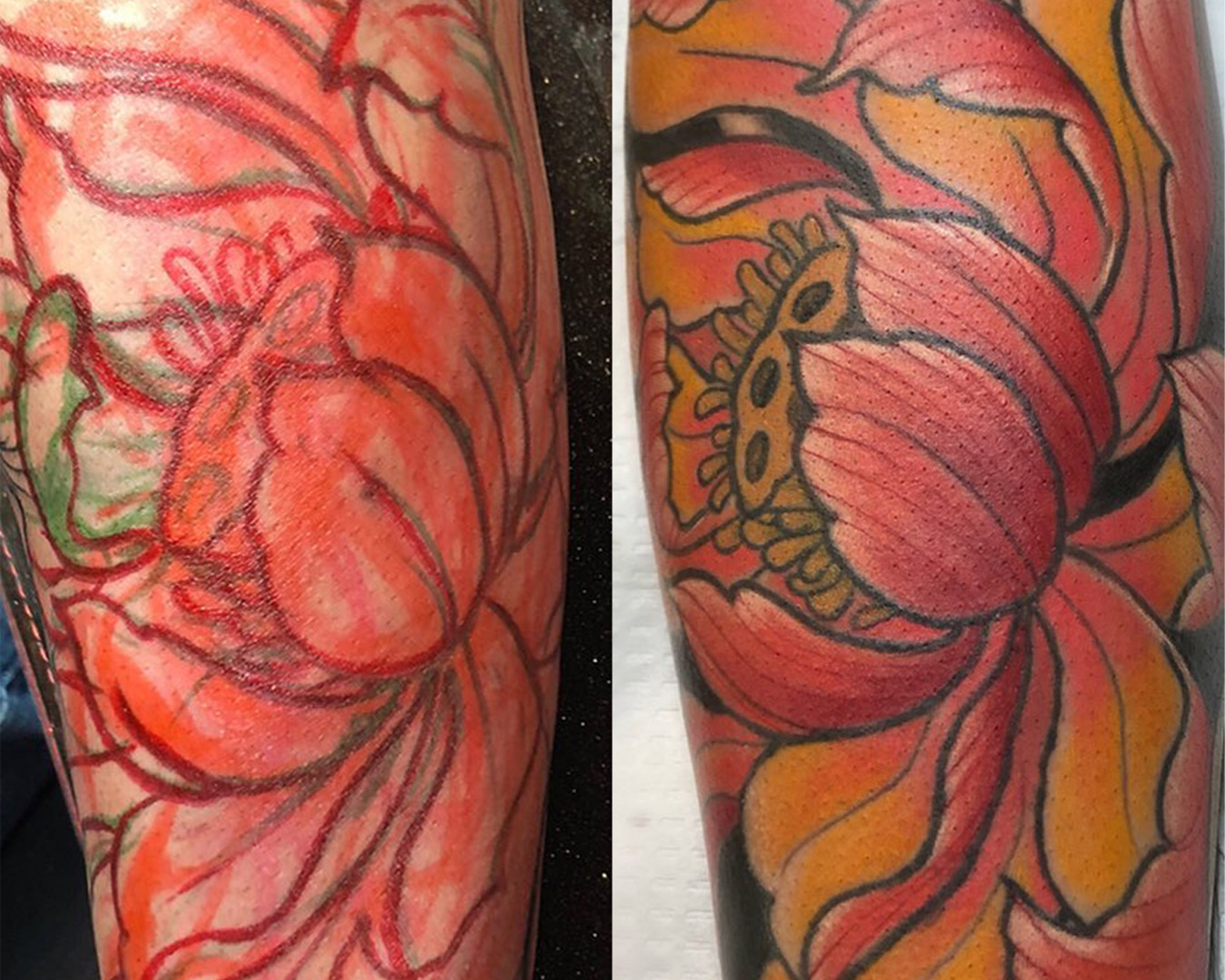
This is an uncommon and unique step that provides apprentices with the opportunity to draw directly on the client's body. It could serve as a bridge between drawing on paper and the hands-on experience of tattooing. It enables the apprentices to gain insights into client interactions, body dynamics, and essential considerations like posture and hand placement. This approach ensures a smooth transition from drawing exercises to the hands-on experience of tattooing.
PEOPLE MENTIONED
Want more tattoo education and resources?
Check out our Tattoo Business & Mindset catalog HERE!
Transcript for this video can be found (here). All transcripts can be found (Here)
(Update when transcript page is made)
The Fireside Tattoo Network is home to the Fireside podcast, Fireside Technique video series and our Fireside Weekly blog.
The Fireside Tattoo podcast is hosted by veteran tattooer Jake Meeks, check out our episodes where we discuss, argue and wax philosophical, from tips for all levels of artists to trends in the tattoo world. Many guest artists have sat down for interviews and in-depth conversations and many more are planned…check back often!
Our Fireside Tattoo Overview video series offers informative, short, and detailed videos geared towards helping artists understand the science and nuances of tattoos and make more informed decisions to improve their work. We often take some of our more technical topics from our Fireside podcast and film an in-depth, narrated, time-lapse video showing exactly how Jake or our featured artists handle certain issues.
Support us while buying the stuff you need at the links below!
- Get 10% off the Neuma 4 with code “Fireside” at checkout
https://neumatattoo.com - Get 10 % off all S8 Tattoo products with promo code “Fireside”
https://s8tattoo.com/ - TattooNOW Website and Automation services at the link below
https://TattooNOW.com/Fireside - Get 10% off your order from Raw Pigments with code “fireside”
https://rawpigments.co/
Business and Mindset
Running a tattoo business requires a completely different skill set than putting tattoos into skin. As tattooers, we tend to put all of our emphasis on the technical aspects of tattooing. Unfortunately for shop owners and tattoo entrepreneurs, tattooing is only one small piece of the puzzle when it comes to the business of tattooing.
Fireside is here to help:
- Tricks for ordering supplies for your crew
- Creating goals for your shop
- Upholding tattoo shop values
We also have plenty of Business and Mindset Deep Dive content to help you avoid the most common pitfalls of shop owners.
Check these pages out
Stuck in a rut? Successful but looking for the next challenge?
Recent News
Inside Fireside: Mentality, Pain Management, and the Art of Client Care with Kurt Jacobson
- 09/06/24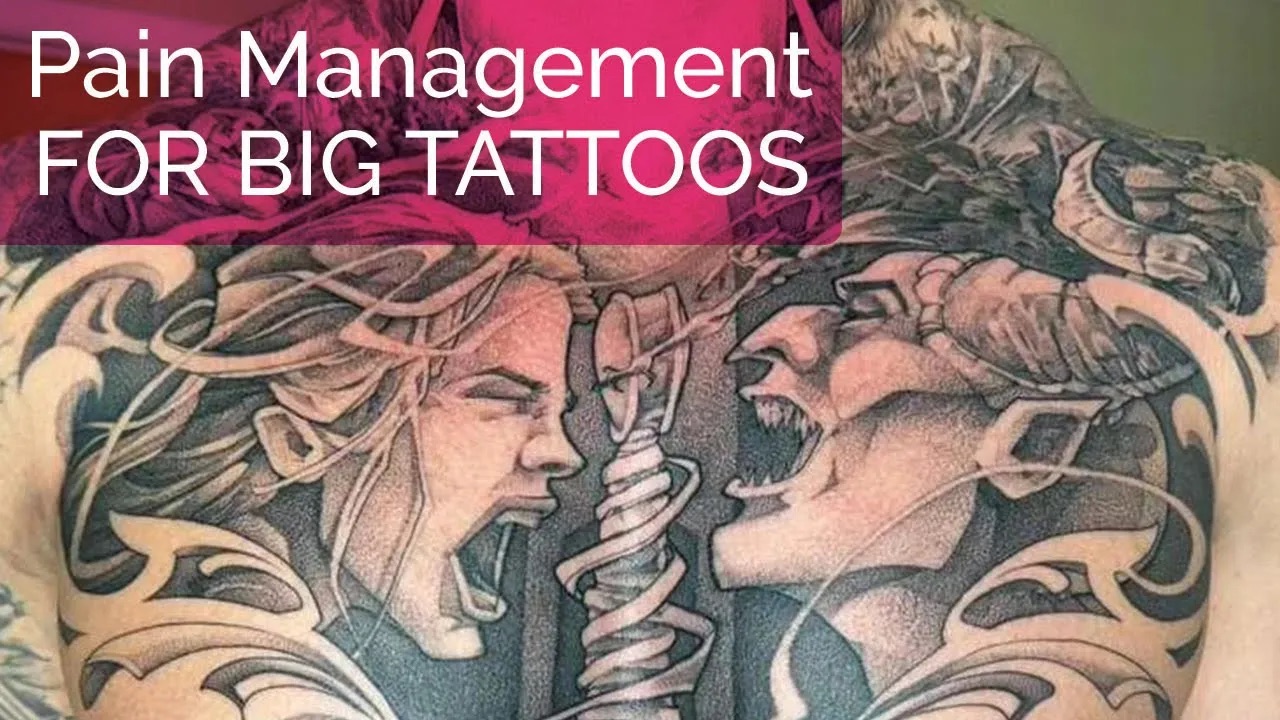
Why Do We Care About Give? - Carson Hill
- 07/24/24